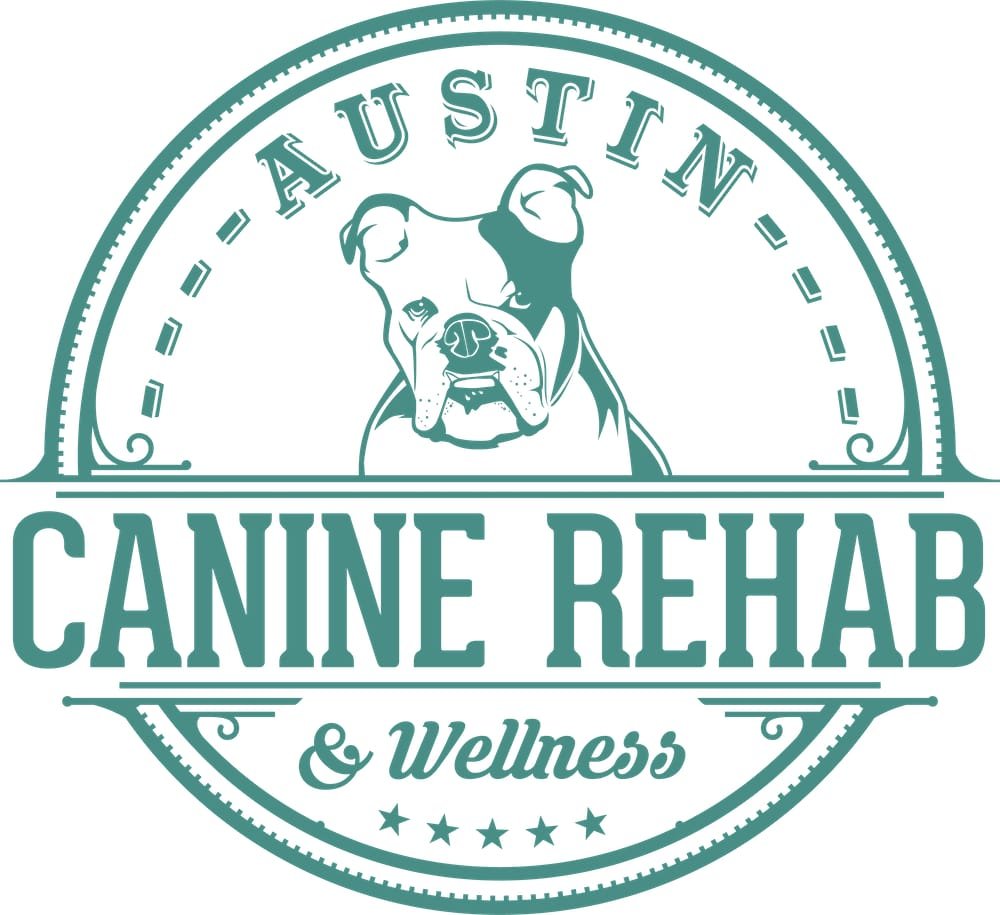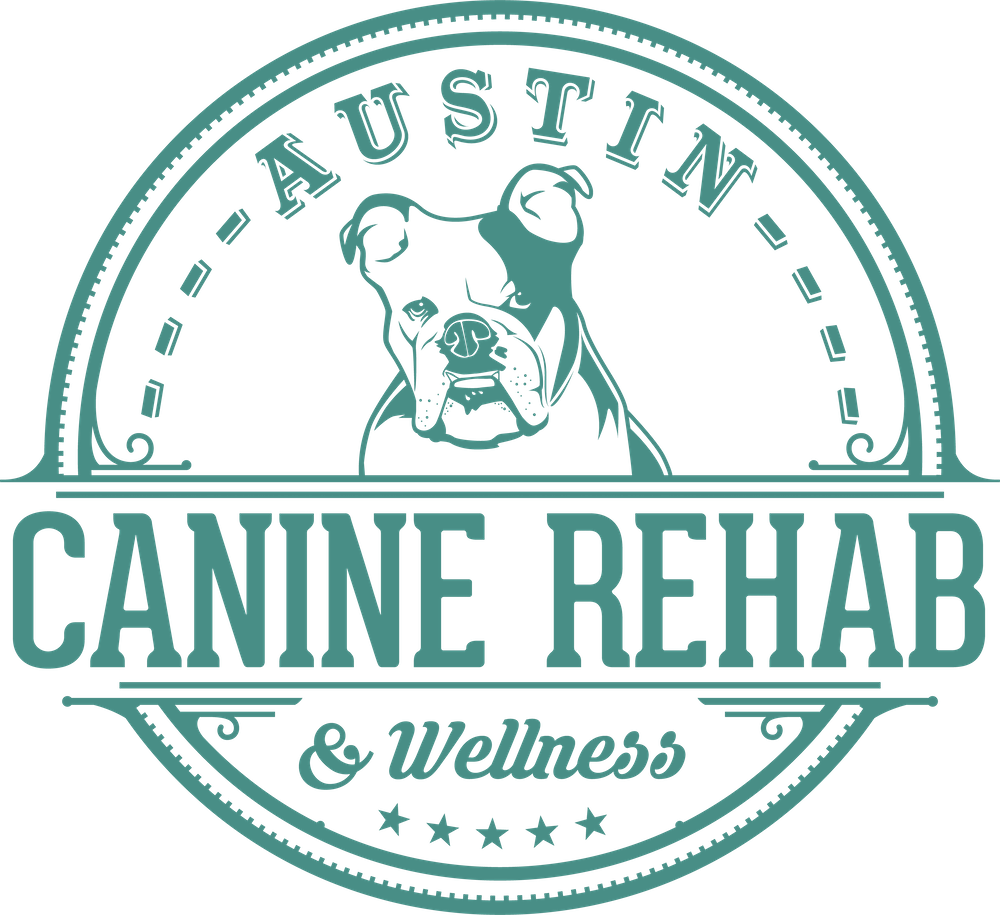The IVDD Guide for English & French Bulldogs
If you own an English or French bulldog, you already know what wonderful pets these animals can be. While they certainly have their own specific traits that are different between the breeds, both of these types of bulldogs are loving, friendly, and enjoyable to spend time with day after day.
Of course, if you notice that your bulldog is showing signs of experiencing pain in one way or another, you are going to want to do what you can to resolve that issue as quickly as possible. It’s never fun to see your pet in pain, especially when you know that pain is taking away from their quality of life. IVDD is one possible issue that your French or English bulldog could be facing, so let’s take a closer look at the condition below.
Understanding IVDD, or Intervertebral Disc Disease
IVDD, or Intervertebral Disc Disease, is a condition that is particularly common in both English and French bulldogs, and it occurs when the discs between the vertebrae in the spine degenerate or herniate. It is the body structure of bulldogs that leads them to be prone to this disease, and it can be difficult to watch if your dog is going through it. Symptoms of IVDD include pain and discomfort, nerve damage, and even the potential for paralysis. This is certainly a serious condition that requires professional attention if you suspect something is wrong.
Treatment Options for IVDD
In severe cases of IVDD, it is likely that surgery will be required to address the issue properly. When an English or French bulldog is in significant pain or experiencing neurological symptoms and having difficulty moving as a result of IVDD, surgery may be recommended. While the specific type of surgery used will depend on the specifics of the case, the goal is to relieve the pressure being placed on the spinal cord by removing some of the diseased disc material.
But it should be noted that surgery is not always required. We’ll talk a bit more about this below but using a combination of medications and rehabilitation can be enough for some dogs to overcome this health hurdle and move forward without pain. It’s important that any exercise program used to address IVDD is designed by a qualified professional and is customized to the needs of the dog in question.
The Value of IVDD Treatment at Austin Canine
There is no doubt that surgery will be required in some cases to treat IVDD. With that said, it’s important not to overlook the non-surgical treatment side of the equation, as it also plays a vital role in bringing your dog back to health.
There are a couple of ways in which non-surgical treatment at Austin Canine Rehab can be leveraged to help your bulldog find a path to wellness. One option is a conservative management approach as an alternative to surgery. If your dog has a relatively mild case of IVDD and you would like to avoid surgery if at all possible, using our treatment options may be a way to arrive at a successful outcome.
Alternatively, and perhaps more commonly, our rehab treatments including manual therapy can be used as a powerful post-surgical tool to bring your dog back to full health once surgery has been performed. It’s the combination of the appropriate surgery with a customized rehab program designed by a Certified Rehabilitation Therapist that holds great promise for helping your pet get back to the lifestyle that he or she enjoyed before the IVDD set in.
Potential Complications and Recurrence of IVDD
It is possible for IVDD to recur even after it has been successfully treated with rehabilitation or surgery. For this reason, it’s important for owners to continue to carefully monitor their English and French bulldogs to watch for any signs that the IVDD problems may be coming back. As always, this includes watching for indications of pain as the dog moves around, as well as any reductions in their mobility.
There are a few proactive steps you can take to reduce the likelihood of your dog running into more IVDD problems in the future. The first is weight management. Keeping your bulldog at an appropriate weight for their size and specific breed is going to go a long way toward making IVDD less likely. While watching the weight of your dog, consider activity modifications like avoiding jumping and rough play to lessen the stress placed on the vertebrae.
There are a few proactive steps you can take to reduce the likelihood of your dog running into more IVDD problems in the future. The first is weight management. Keeping your bulldog at an appropriate weight for their size and specific breed is going to go a long way toward making IVDD less likely. While watching the weight of your dog, consider activity modifications like avoiding jumping and rough play to lessen the stress placed on the vertebrae.
Also, it’s a good idea to schedule regular check-ups so any issues that do develop can be spotted early and the right interventions can be taken.
One of Many Success Stories
At Austin Canine Rehab, we are proud to have worked with many bulldogs who were dealing with IVDD issues. These dogs are often able to go on to live long, healthy, and happy lives after they overcome their IVDD challenge and begin to regain comfort and mobility once again.
One such case involved a French bulldog named Bentley. This dog had recently undergone IVDD surgery and needed an appropriate rehabilitation program to get all the way back to health. We were able to work with Bentley to improve his balance, body awareness, and coordination with a variety of exercises.
Here, you can see him performing an agility cone course to work on understanding where his back legs are in space and picking up his feet appropriately.
We also provided his owner with instruction on important topics like stretching, how to apply massage to affected areas, at-home exercises, and more. In the end, Bentley came through with flying colors after his IVDD experience. This case was a great example of how surgery and proper rehabilitation can work together to produce the results that everyone wants to see.
Frequently Asked Questions
-
Often, when a bulldog is starting to deal with IVDD, it will exhibit signs like being reluctant to move, yelping in pain, showing weakness in the limbs, and more. Pay close attention to your dog’s health from day to day and contact a veterinary professional if you are concerned that something is wrong.
-
We are able to create holistic, non-invasive treatments that focus on optimizing the well-being of your furry friend over the long run, while keeping the dog as comfortable as possible throughout the treatment process.
-
There is no one set timeframe for recovery that will apply to all bulldogs dealing with IVDD. In some cases, recovery can happen in just a matter of weeks, while in other instances it will take months to gradually get over and return to health.
Reach Out to Austin Canine Rehab Today
Every case of IVDD in an English or French bulldog is unique. Of course, there are plenty of similarities in the treatment plans we will develop for these cases, but the best treatment is always tailored specifically to the needs of your pet. For more information on IVDD, check out this resource. Take a moment today to contact Austin Canine Rehab and learn more about how we approach these situations and ask any questions you may have. We’d love to serve you and your dog soon!






